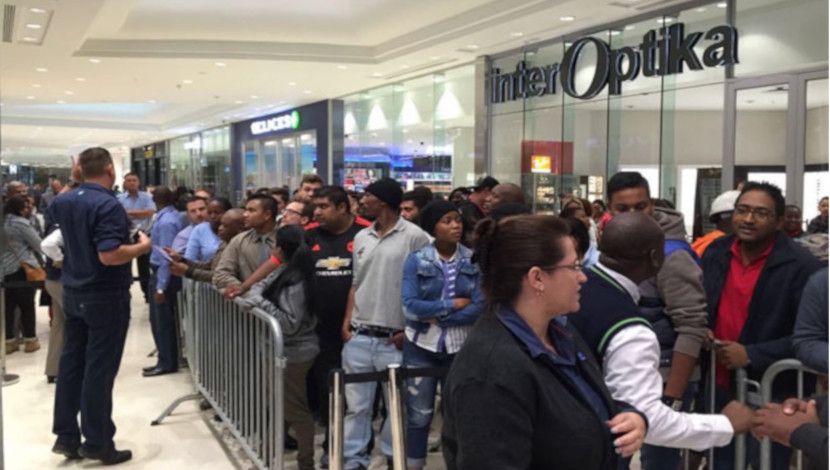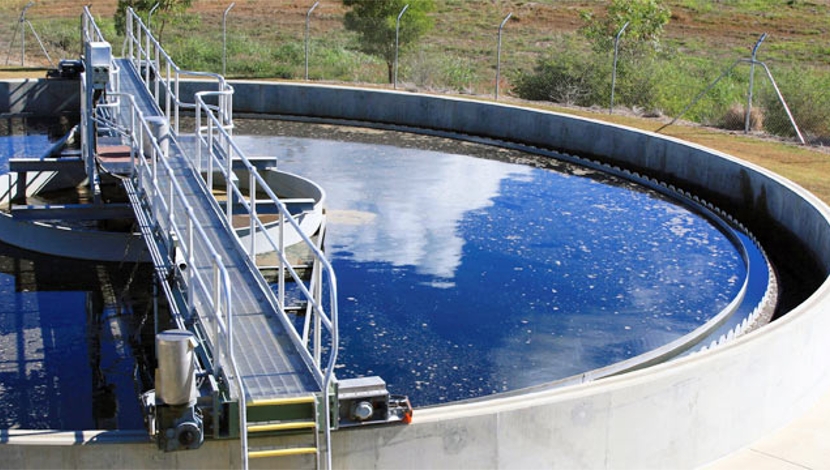

After its official opening on Thursday morning, the Mall of Africa, in Waterfall City, Midrand, had played host to about 70 000 people by 17:00, and likely to double before closing, according to property developer Attacq CEO Morne Wilken.
He said the mall had attracted more people than expected, adding that they had started queuing outside the property from 02:00 to take advantage of opening-day specials. The large number of shoppers had caused heavy traffic congestion and delays on the N1 freeway and most roads leading to Midrand.
“The traffic congestion is an interim problem and we expect traffic flow to ease up once people begin to understand the logistics of the mall,” said Wilken. Atterbury MD James Ehlers added that access to Waterfall City was designed to be convenient from all surrounding areas.
Waterfall City and Mall of Africa are on a Gautrain bus route from the nearby Midrand Gautrain station, with provision for taxi access. Dedicated Uber pickup and drop-off points at the mall are a first in the South African retail environment,” he said.
The new R160-million Bridal Veil road overpass bridge, developed by Atterbury, was opened at the same time as the mall and created a new east–west transport route and takes customers to the doors of the Mall.
Gauteng Premier David Makhura officially opened the 131 038-m2 mall. Developed by property developers Attacq and Atterbury, Mall of Africa was the largest in South Africa, and with more than 300 outlets, was valued at R4.9-billion upon opening for trade.
“By 2018, there will be 12 000 people working in Midrand’s CBD and, by the time the development of Waterfall City is complete, 60 000 people will be employed here,” Makhura noted.
Wilken said that conservative estimates were that around 15-million people a year would visit the mall and Attacq wanted to develop a new CBD in Midrand, with the Mall of Africa at the heart of the development.
“Property developers Zendai and Balwin will contribute significantly to lower- to medium-income housing development in the area,” he said.
There was an extra 25 000 m2 that could be used for the second phase development of the mall, should there be market demand for it. The mall was expected to have created 14 000 jobs during the peak-level of construction and would create 4 500 permanent jobs going forward.





